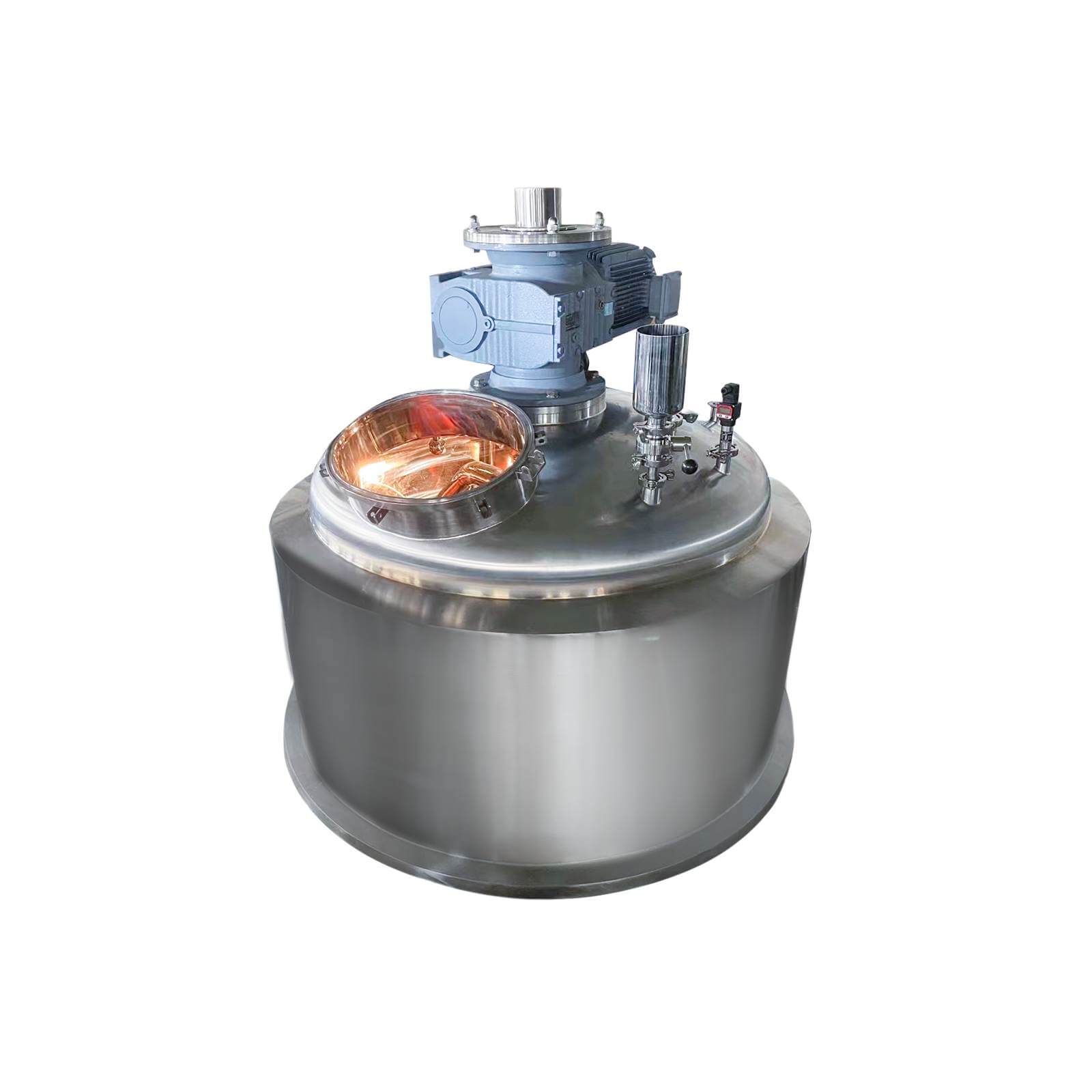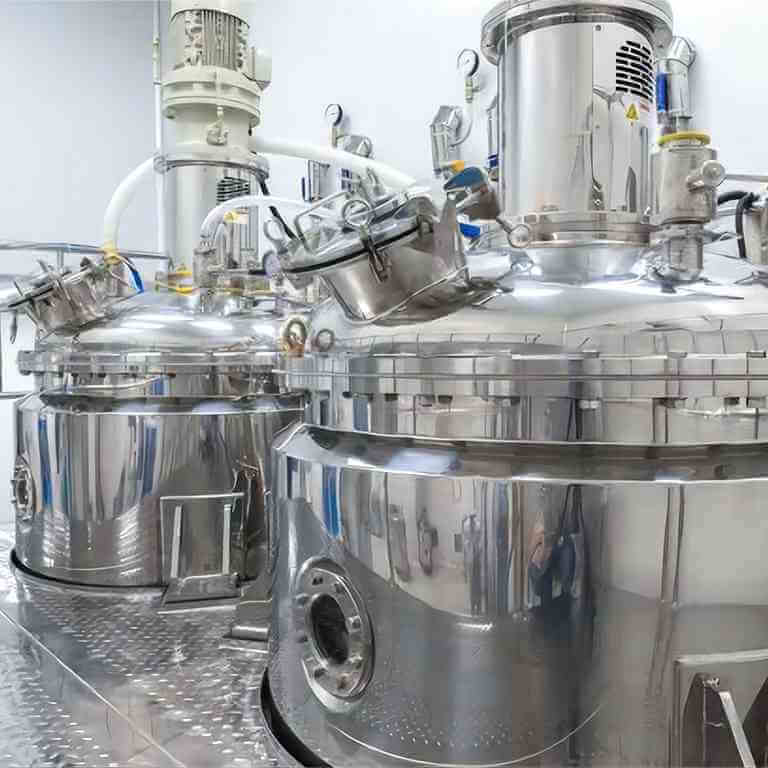

High Pressure Reactor
High-pressure reactor: used in chemical synthesis, catalytic reaction, and other fields
Material
glass, stainless steel (316, 304), carbon steel, others
Capacity (L)
10-10000+
Mixing system
anchor, paddle, frame and others
Heating system
electric heating, oil heating and others
The High-pressure reactor is mainly made of the kettle cover, the kettle body, the strong magnetic coupling stirrer, the high temperature, and high-pressure needle valve, the lower stirring part, the inner cooling coil, the temperature measuring part, the liquid lower pipe, etc.
Request a quoteThe main head forms of high-pressure reactors include hemispherical, oval, butterfly, flat cover, etc. The hemispherical head has the same advantages as the spherical container, that is, it has the smallest surface area under the same volume, and under the same diameter and pressure, the required wall thickness is the thinnest, the lightest weight, and is very economical in manufacturing. But the greater the depth, the more difficult it is to manufacture. Medium, low-pressure, and small-volume high-pressure reactors are not suitable for use; the elliptical head consists of half an ellipsoid and a cylindrical shell (or straight side part) of a certain height. The purpose is to avoid setting welds at the connection between the edge of the ellipsoid and the cylinder shell so that the welds can be transferred to the cylinder area and avoid superposition of edge stresses. The oval head is relatively simple to manufacture and its stress conditions are better than that of the butterfly head. Therefore, high-pressure reactors, especially large-volume high-pressure reactors, often use oval heads. The depth of the butterfly head can be adjusted through the transition radius, but due to the discontinuous curvature of the busbar of the butterfly head and the existence of local stress, the force is not as good as that of the elliptical head.

During the installation process, the high-pressure reactor needs to be effectively placed indoors. In the process of equipping its multiple high-pressure reactors, the equipment needs to be placed separately. Each operating room of the high-pressure reactor should have a channel or air outlet directly leading to the outdoors, which can effectively ensure good ventilation where the equipment is located. The needle valve of the high-pressure reactor is sealed by the pipeline. During use, you only need to turn the valve needle slightly to effectively press the sealing cover, thereby effectively achieving a good sealing effect to a certain extent. Move the rotating body on the high-pressure reactor to check whether the operation is flexible. When the high-pressure reactor is in use, it is not allowed to tilt the lid to one side, so as to effectively achieve the sealing effect. At the connection between the front and rear nuts, only the front and rear nuts are allowed to rotate, and the two arc sealing surfaces are not allowed to rotate relative to each other.
The maintenance of the high-pressure reactor head must first start with the position of the high-pressure reactor head. It is necessary to ensure that the head of the high-pressure reactor is not stored in the open air and is protected from rain. Secondly, in terms of cleaning, the head of the high-pressure reactor cannot be cleaned with reducing acids such as hydrochloric acid. The correct cleaning method should be to pickle stainless steel. When welding the head and body of the high-pressure reactor, the weld, heat-affected zone, and surrounding welding slag, spatter, and pollutants should be cleaned in time, and PT inspection and surface pickling should be performed. During use, attention should also be paid to preventing bumps and scratches on the surface of the high-pressure reactor head and iron ion contamination. As long as these basic operations are done well, it can be regarded as standard maintenance of the high-pressure reactor head.
The high-pressure reactor head is an indispensable and important part of the pressure vessel equipment in many industries such as petrochemical, atomic energy manufacturing, food, and pharmaceuticals. Therefore, during normal use, attention should be paid to the daily maintenance of the head of the high-pressure reactor. Only by doing daily maintenance work can the service life of the high-pressure reactor head be extended.




